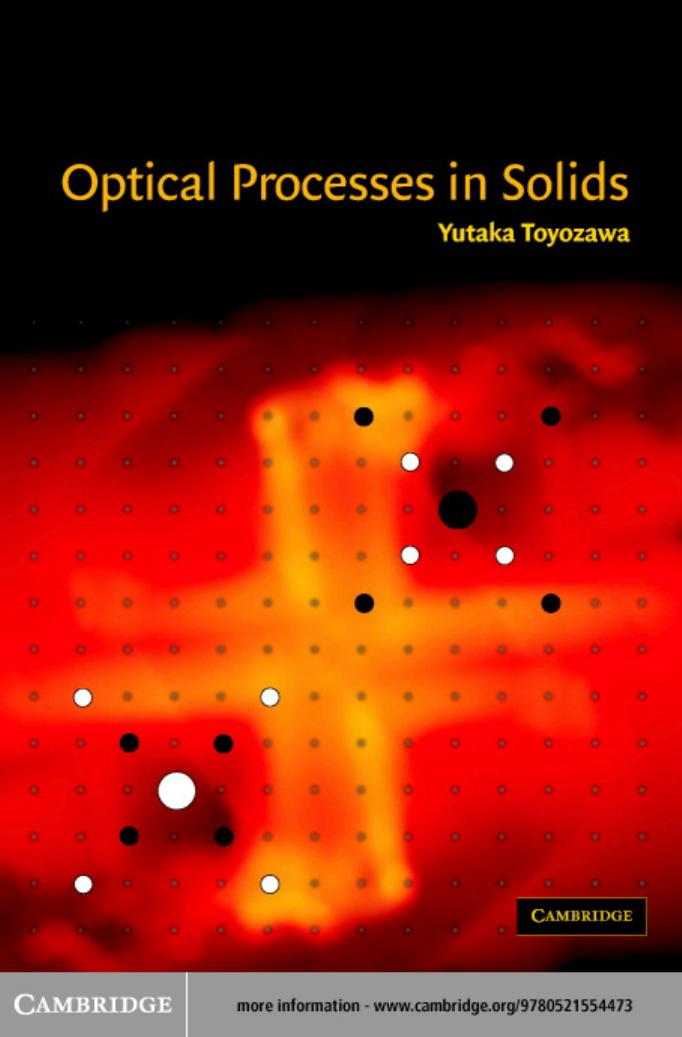

Most ebook files are in PDF format, so you can easily read them using various software such as Foxit Reader or directly on the Google Chrome browser.
Some ebook files are released by publishers in other formats such as .awz, .mobi, .epub, .fb2, etc. You may need to install specific software to read these formats on mobile/PC, such as Calibre.
Please read the tutorial at this link: https://ebookbell.com/faq
We offer FREE conversion to the popular formats you request; however, this may take some time. Therefore, right after payment, please email us, and we will try to provide the service as quickly as possible.
For some exceptional file formats or broken links (if any), please refrain from opening any disputes. Instead, email us first, and we will try to assist within a maximum of 6 hours.
EbookBell Team

4.7
76 reviewsA unifying element that links the apparently diverse phenomena observed in optical processes is the dielectric dispersion of matter. It describes the response of matter to incoming electromagnetic waves and charged particles, and thus predicts their behavior in the self-induced field of matter, known as polariton and polaron effects. The energies of phonon, exciton and plasmon, quanta of collective motions of charged particles constituting the matter, are also governed by dielectric dispersion. Since the latter is a functional of the former, one can derive useful relations for their self-consistency. Nonlinear response to laser light inclusive of multiphoton processes, and excitation of atomic inner shells by synchrotron radiation, are also described. Within the configuration coordinate model, photo-induced lattice relaxation and chemical reaction are described equally to both ground and relaxed excited states, to provide a novel and global perspective on structural phase transitions and the nature of interatomic bonds. This book was first published in 2003.
**
Book DescriptionLight (electromagnetic radiation) is the most powerful tool for probing the quantum mechanical motions of electrons and nuclei within molecules and condensed matter. In this book the author describes the principles of such spectroscopic study with the help of illustrative comparison between theory and experimental studies.
Professor Emeritus at the University of Tokyo.